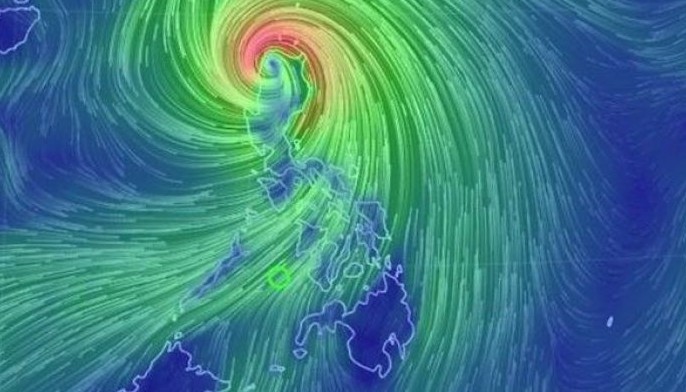Super typhoon ‘Ompong’ (international name Mangkhut), the strongest typhoon to hit the Philippines this year, made landfall on Northern Luzon on Saturday morning.
Several provinces were placed under Typhoon Signal #4 starting Friday and hundreds of thousands of people were evacuated.
Some netizens were able to capture Mangkhut’s devastation on the country’s most famous tourist spot, Baguio City. Roughly six hours north of Manila, this mountain town is famous for its pine trees and cold climate. However, this weekend, Mangkhut bore down on the city and its neighboring towns.
Facebook user Gladys Colyong Vergara uploaded this video on the social media website showing floods pouring through houses at Imelda Village in Baguio City.
According to a report by CNN Philippines, all roads leading to Baguio City have been blocked, making it isolated from the rest of the region. Two small roads have been kept open for emergencies.
In another report, two emergency responders in the Cordillera Region died on duty while rescuing victims of the typhoon.
Facebook user Epi Carantes posted a photo of the Loakan Airport, a small airstrip within Baguio.
Aside from damages to infrastructure, historic areas were also affected by the Signal #4 super typhoon. Facebook user Ronan Fagyan posted a video showing how the oldest Benguet pine tree in Baguio fell into a deep ravine after the ground crumbled beneath it.
Meanwhile, a few kilometers away from Baguio City is the famous Strawberry Fields of La Trinidad, Benguet. As you can see in the video below taken by Facebook user Jordan Tablac, the entire field has been submerged in brown water coming from the mountains.




